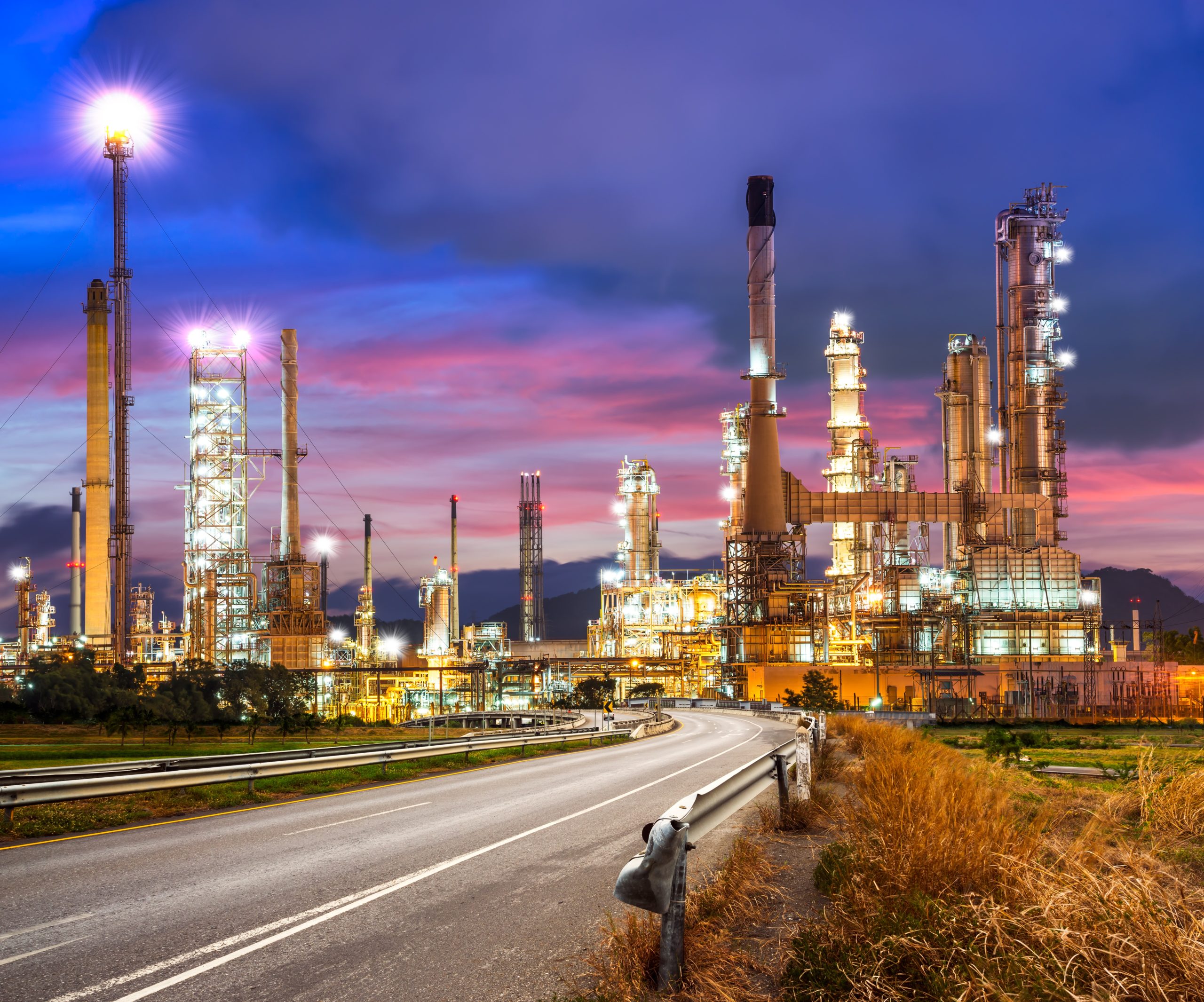September 1 2021 – Link here
ExxonMobil Catalysts and Licensing LLC (“ExxonMobil”) has introduced ExxonMobil Renewable Diesel process technology (“EMRD”) to help meet the evolving needs for mobility, while utilizing renewable feedstock. This new process technology converts feedstocks including, but not limited to, vegetable oils, unconverted cooking oil and animal fats, into renewable diesel.
Evolving and regionally diverse fuels regulations are helping to drive demand for renewable diesel made from bio-feedstocks. One challenge when converting vegetable oils and fats into renewables diesel is the high cloud point of n-paraffins, making selection of the right process technology and dewaxing catalyst critical for meeting diesel cold flow specifications.
ExxonMobil offers EMRD™, a proprietary process technology, and BIDW™, a proprietary bio-dewaxing catalyst, to produce renewable diesel from bio-feedstocks. When combined they offer a range of benefits that can help refiners enhance renewable diesel production, while helping to meet stringent seasonal product specifications.
Key Benefits
High yield
- Two stage process has a higher diesel yield versus a single stage process.
- BIDW dewaxing catalyst has exceptional ability at deep delta cloud to retain diesel product and avoid cracking.
Operating flexibility
- Two stage process design allows for separate control of hydrotreating and dewaxing operations.
- A separate hydrotreating step enables better control, optimization, and flexibility compared to a single stage process, with the ability to remove contaminants before the dewaxing catalyst.
Efficient process design
- BIDW dewaxing catalysthas a high selectivity to isomerization, which consumes less H2 than cracking.
- Improved process design, unit operations, and technical support when hydrotreating and dewaxing operations are provided by a single solution provider.
EMRD™ process technology configuration
- Stage 1
Hydrodeoxygenation (HDO) step to convert triglycerides to n-paraffins.
- Stage 2
Selective isomerization of the n-paraffins to iso-paraffins to improve cold flow properties.
- Catalyst
The EMRD™ process utilizes ExxonMobil’s
BIDW dewaxing catalyst suite.
Advantages
- Two stage process provides flexibility to adjust operating conditions as needed for changing objectives.
- Handles variations in product cold flow properties due to different feed types or to address new requirements.
- Extended dewaxing catalyst lifetime due to customized conditions and contaminant control.
- Potential to produce jet if fractionation is added.
- EMRD process technology enables operational costs to be lowered through reduced hydrogen consumption in the dewaxing step due to the selectivity of BIDW™ to isomerization rather than cracking.
- EMRD process technology meets operational requirements while minimizing equipment sizing and capital costs.
Services include
- Initial consultations and proposal development.
- Basic engineering package, including design specifications.
- Technical support during FEED, and EPC stages.
- Technology training, catalyst loading and start-up support.
- Unit monitoring support.
EMRD™ process

